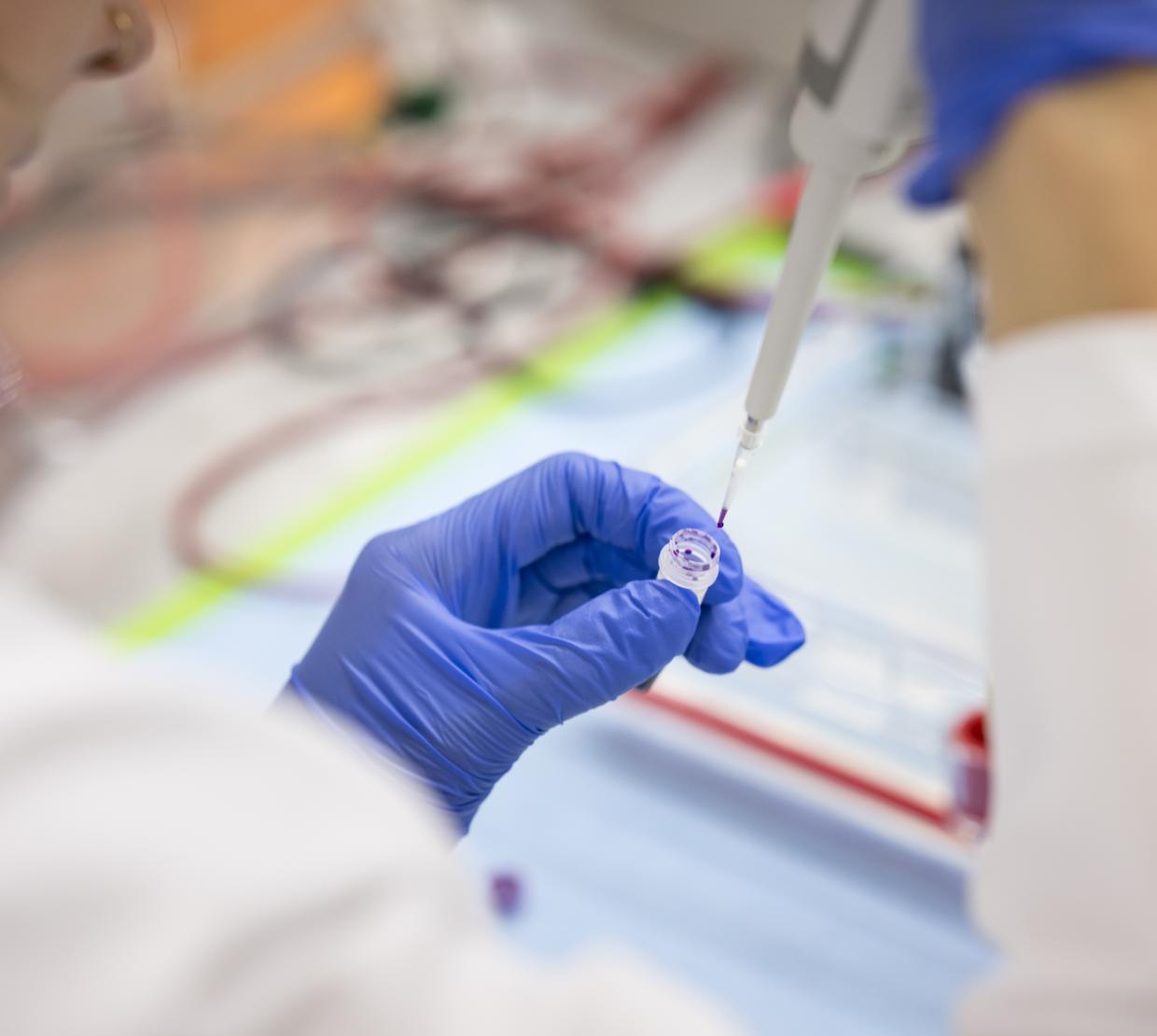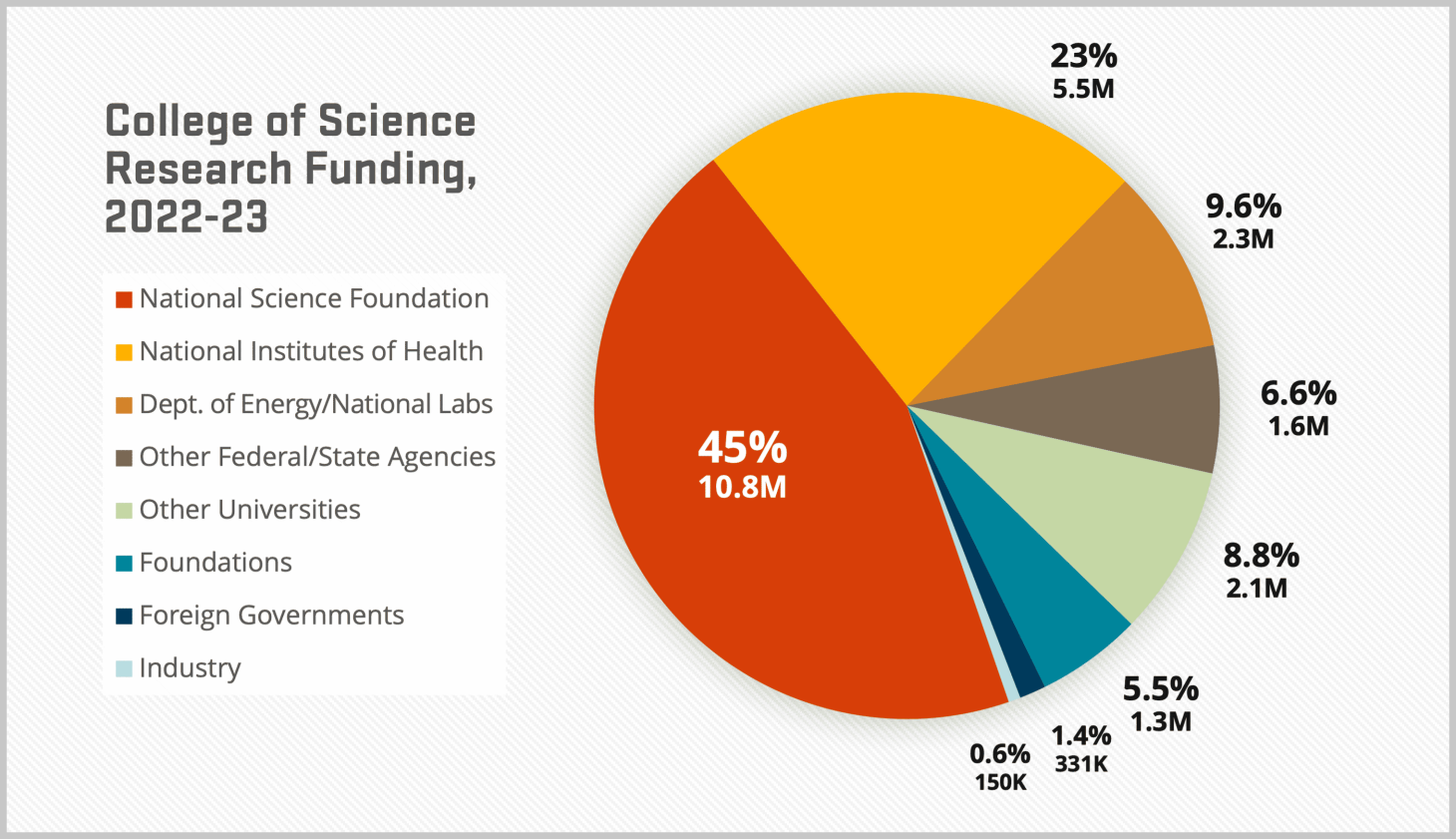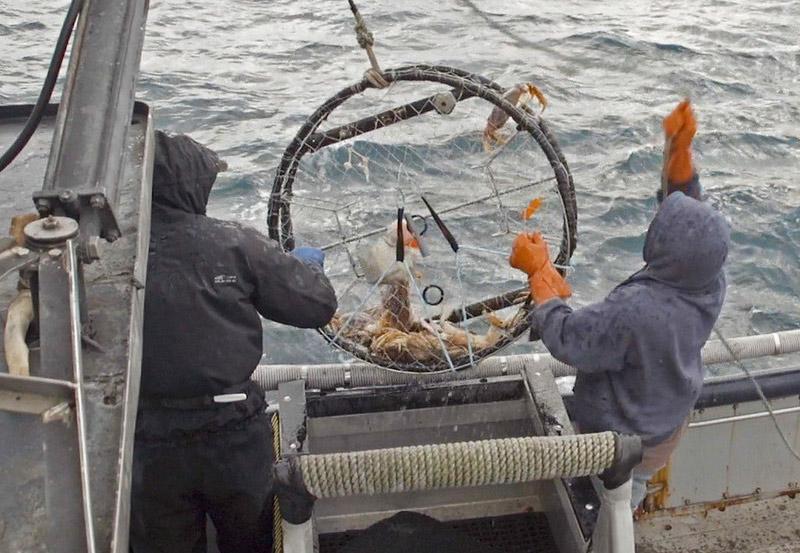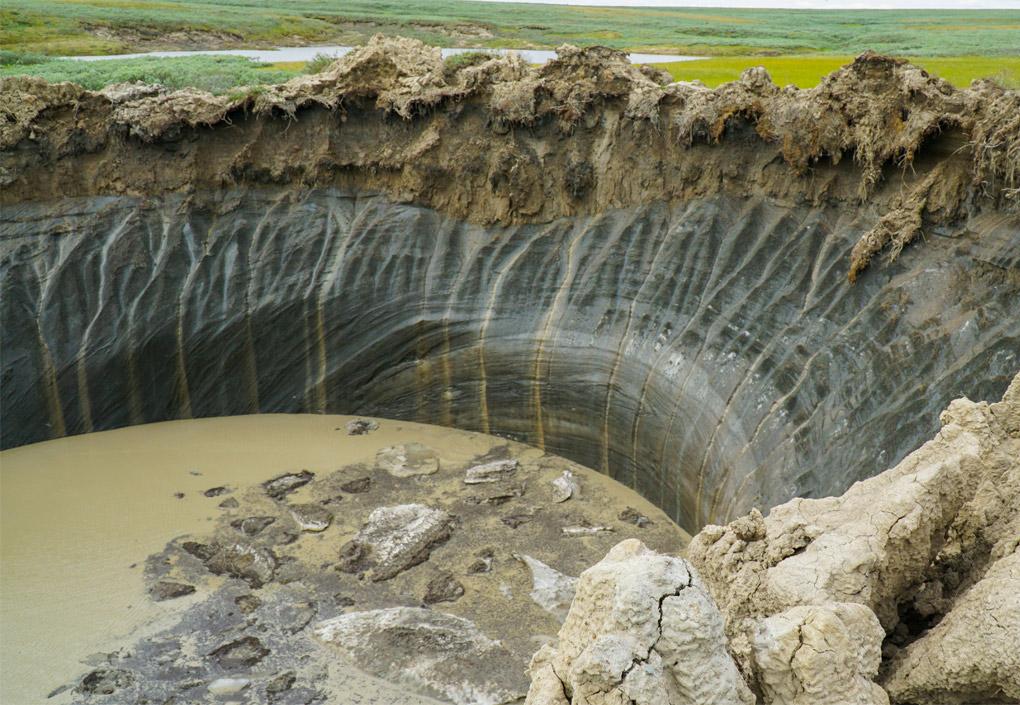Malgo Peszynska received $388K from the National Science Foundation Computation Mathematics Program for her project entitled “Computational Mathematics of Arctic Processes,” which will develop computational models and their mathematical analyses for coupled phenomena in the Arctic including thermal, hydrological, and mechanical processes in permafrost soils as well as selected biosphere processes. The grant also supports training graduate and undergraduate students in computational mathematics, with efforts toward an effective mentoring support structure for underrepresented groups.
Michael Blouin received $371K from the National Institutes of Health for “Genetic mechanisms of snail/schistosome compatibility.”
Biophysicist Bo Sun received $352K from the National Institutes of Health for a project entitled “Understanding the control mechanisms of 3D cell migration from new dimensions.”
Chemist Claudia Maier received a $278K grant from Oregon Health & Science University for a grant entitled “Botanicals enhancing neurological and functional resilience in aging.”
Marine ecologist Sarah Gravem received $230K from The Nature Conservancy for her project entitled “The ‘landscape of fear’ created by sunflower sea star and its effects on sea urchin behavior and kelp abundance.” Gravem also received support ($33K) from The Ocean Foundation to support surveys of Oregon kelp forests.
Marine biologist Bruce Menge received $190K from the Oregon Ocean Sciences Trust for a project entitled “Do Tipping Points Loom? Extending 20+ Years of Long-Term Monitoring to Assess Impacts of Climate Change on Rocky Shore Macrophyte Assemblages.”
Biologist David Lytle received a $100K grant from the US Geological Survey for a project entitled “Grand Canyon food base population modeling and eDNA monitoring.” Lytle also received $25K from the USDA Forest Service for “Wilderness canyon ecosystems: From streamflow to bugs to birds.”
Supporting collaborative innovation with internal funding
In addition to our external funding, the College of Science also invests in faculty through research seed funds (SciRIS) and other programs. These competitive internal grants enable scientists to work across disciplines and accelerate research, discovery and innovation.
SciRIS Stage 1
Stage 1 provides $10K to support research planning, team formation and initial experiments.
- Yuan Jiang and Anna Jolles – “Harnesses longitudinal microbiome data to define the ecological roles of host-associated microbes”
- Anna Jolles and Claudia Häse – “Oysters, Vibrio and its bacteriophages: A model system for understanding population and coevolutionary host-pathogen-hyperpathogen dynamics”
- David Hendrix, Colin Johnson, Claudia Maier, and Patrick Reardon – “Computational discovery, functional characterization, and structure determination of microproteins”
- David Lytle, Justin Sanders and Anna Jolles – “Bioinformatics for integrated river health”
SciRIS Stage 2 / 3
Microbiologist Kimberly Halsey, along with microbiologist James Fox, statistician Duo Jiang and collaborators from Eugene Water and Electric Board, Oregon Department of Environmental Quality and the City of Salem received $75K for “Expanding a new toxic harmful algal bloom monitoring strategy to multiple Oregon lakes.”
Microbiologist Steve Giovannoni and marine ecologist Francis Chan received $75K for their project entitled “The hypoxic barrier: Oxygenase enzyme kinetics and ocean health.”
Microbiologist Maude David and collaborators biochemist Kenton Hokanson and Kathy Magnussun and Patrick Chappell from the Carlson College of Veterinary Medicine received a $125K SciRIS Stage 3 grant for “Accelerating neuroactive microbial compounds discovery with gut-brain chip technology.”
SciRIS-ii (Individual Investigator)
The SciRIS-ii program provides seed funding ranging from $10K to $20K to individual investigators to establish partnerships, accelerate project development, generate data and manuscripts and foster proposal submissions.
- Clayton Petsche – “Exceptional maps in arithmetic dynamical systems”
- Bo Sun – “Mechanical programming of four-dimensional tissue self-assembly”
- Ethan Minot – “Ultra-miniaturized spectrometers”
Disease Mechanism & Prevention Fund
Provided by a generous gift from David and Donna Gould, this fund supports research into the mechanism, diagnosis, treatment and prevention of human disease.
- Alysia Vrailas-Mortimer – “Why is a fly a good model to study my grandmother’s tremors?”







